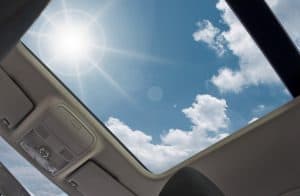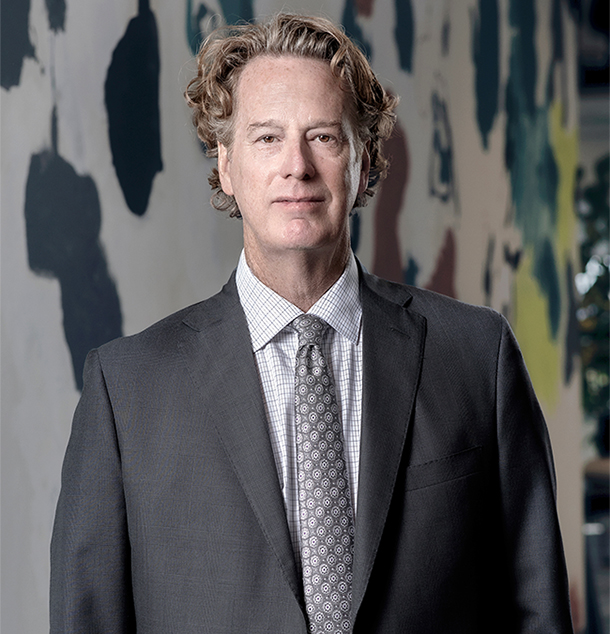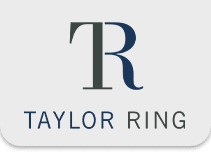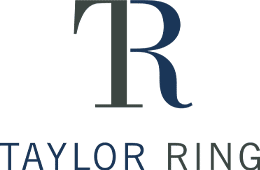Is Your Sunroof Safe?

Sunroofs are panels on the roof of a car, truck, or SUV that can be slid open for light and airflow. The panel is non-removable, but can be opened completely to allow for an open window on the roof. A moonroof is similar but usually just tilts open to allow in air; it doesn’t completely open like a sunroof does. The New York Times reports that, in 2017, seven million—or 40 percent—of model year cars and light trucks came with a sunroof or moonroof.
The problem with sunroofs
Even though sunroofs are popular, there are no government regulations on them. Yet, there are hundreds of injuries and fatalities linked to sunroofs every year. According to the Times article, the National Highway Traffic and Safety Association (NHTSA) estimates that, between 1997 and 2008, about 300 people were killed and 1,400 were injured every year when thrown out of sunroofs—either open or closed. Then, the NHTSA did a more targeted study of ejections through closed sunroofs only. They found that between 2002 and 2012, about 230 people were killed and 500 were injured each year.
Even with all of these injuries and fatalities, regulations are not keeping up, and some automakers are taking it a step further and introducing “panoramic sunroofs,” which span the entire top of the vehicle. Although sold as a luxury option, these can be even more dangerous, especially when made with glass that isn’t laminated.
The Hankins case
In 2011, a teen named Marion Hankins was paralyzed in a single-vehicle crash after being thrown through the closed sunroof of her SUV. She and her family filed Hankins v. Ford in federal court, alleging her personal injuries resulted from a defective sunroof. Hankins doesn’t remember the crash that resulted in her paralysis, partial blindness, and facial scarring. However, evidence at the scene indicates that her vehicle rolled over, the glass panel on the sunroof popped out, and she was ejected through the opening.
The lawsuit argued that the manufacturer should have used laminated safety glass (the same material used to construct car windshields), and it should have been more firmly anchored to the vehicle. Her attorneys also stated that Ford knew that laminated glass was safer than tempered glass, but they used tempered glass because it was cheaper.
Sunroofs are still unregulated
Even though there is evidence that sunroof designs may be dangerous, there is still no agreement on design and safety standards for automakers. If federal regulators do begin imposing mandatory standards on sunroof and moonroof manufacture and design, laminated glass will likely be discussed.
Some automakers have taken the initiative on their own and made laminated glass standard for their newer models. Some are testing sunroof “air bags.” However, these features still aren’t required.
If you believe the injuries you suffered in a car accident were exacerbated due to your sunroof or moonroof, talk to the experts at Taylor & Ring. Our Los Angeles personal injury attorneys provide the experience and skills you need to secure the compensation you deserve for your injuries. We serve clients throughout Southern California. Call us today at 310.776.6390 or complete our contact form to schedule a consultation.

David Ring is a nationally renowned plaintiff’s personal injury trial attorney and has obtained multi-million dollar verdicts and settlements on behalf of seriously-injured individuals or families who have lost a loved one in a tragic accident. For more than 20 years, he has represented victims of sexual abuse, sexual harassment, assault, molestation and sexual misconduct in cases against a variety of employers and entities, including schools, churches and youth organizations.
He prides himself on providing aggressive, yet compassionate representation for children who have been sexually abused and women who have been sexually harassed or assaulted. Read more about David M. Ring.

